Fruit Fly Hates Cleanliness
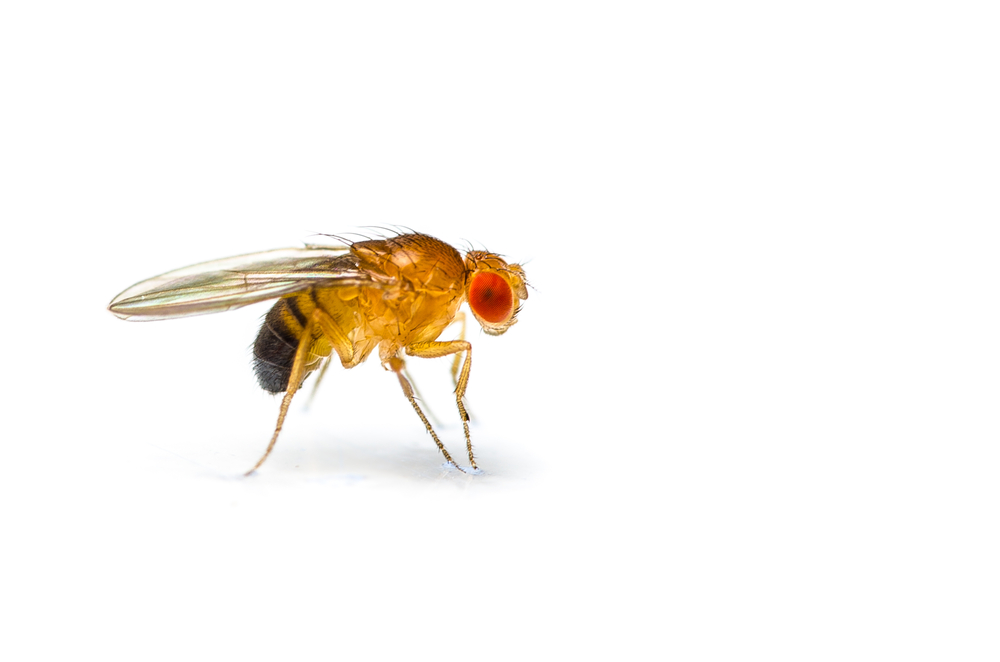
The fruit fly ranges from light tan to reddish orange and brown. Fruit flies have a taste for too-ripe fruit (other produce, too!) and thrive on high-fructose substances.
Read More
Springtime Allergy Symptoms – Pests

As the warm weather rolls in, many homeowners will find themselves dealing with unpleasant springtime allergy symptoms such as runny noses and itchy eyes. What remains a little known fact is that pests like cockroaches, dust mites and rodents can be behind those springtime allergy symptoms. The tips listed below can help you and your family to keep from sneezing your way through spring.
Read More
Mosquito Borne Diseases
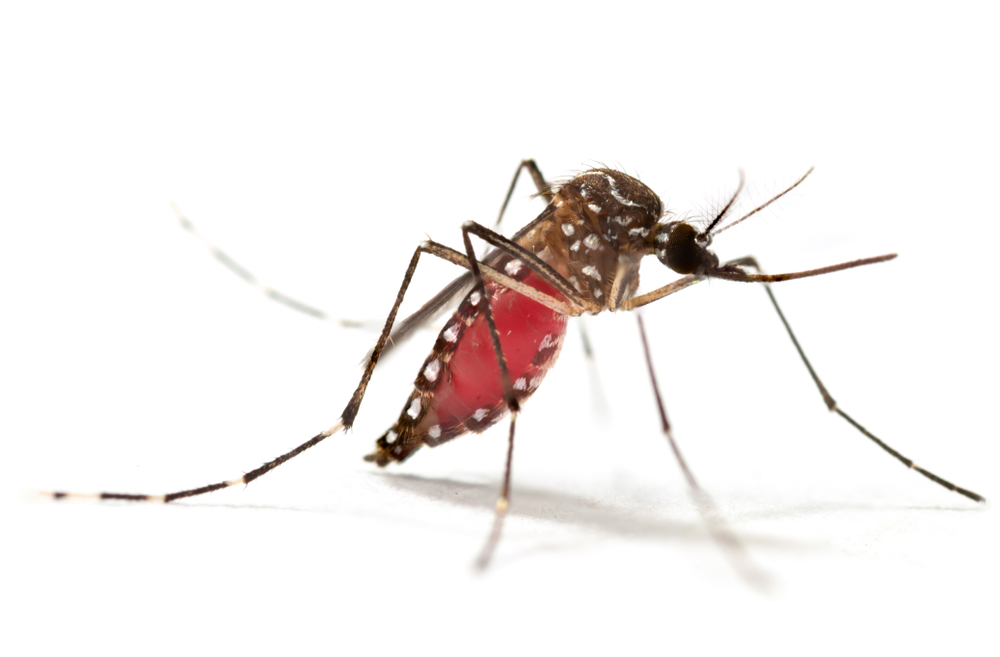
Many people may connect the mosquito season to the irksomely itchy welts that accompany mosquito bites. But, there are far worse associations to make with these blood-sucking pests, such as the health threats they pose to you and your family.
Read More
Winter Invaders Want In
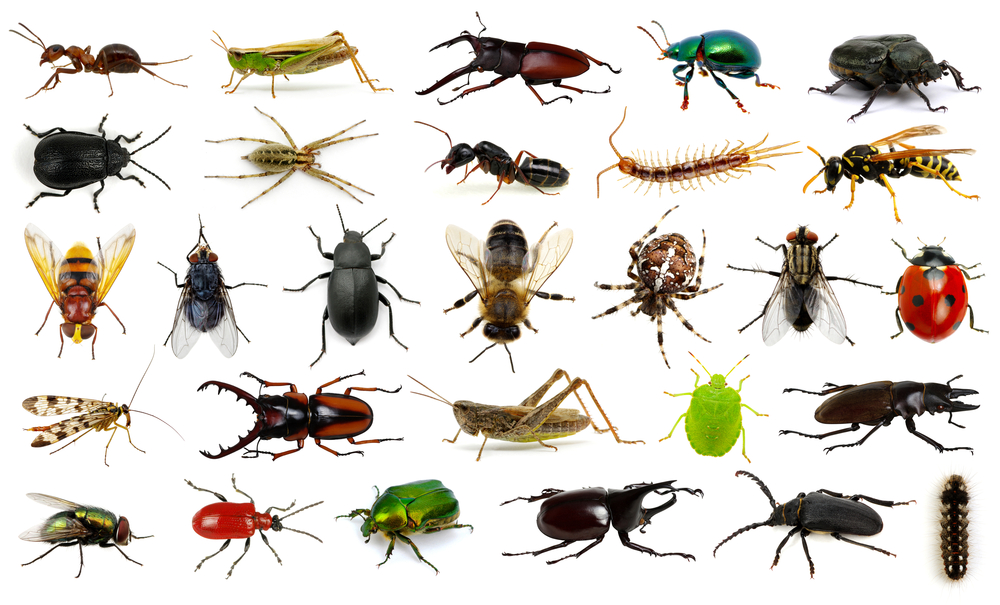
WINTER INVADERS. When mornings and nights turn cooler, it’s likely you’ll see more and more critters of all shapes and sizes heading for warmer temperatures—like inside your home.
Read More
Oriental Cockroach
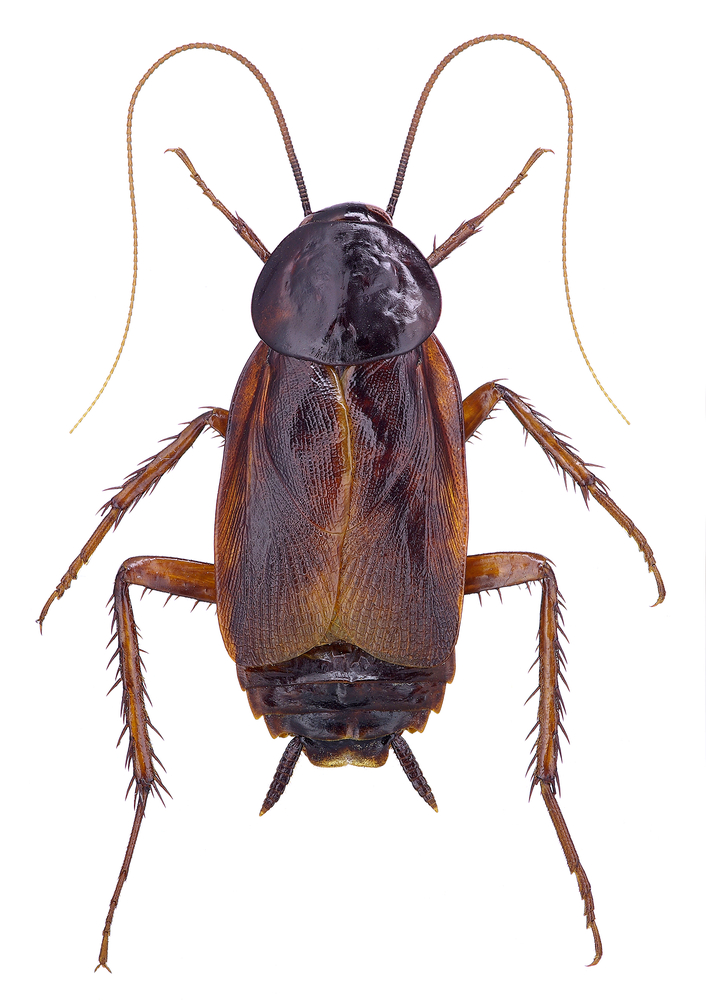
THE ORIENTAL COCKROACH is believed to be of North African origin, despite its name. Oriental cockroaches are sometimes called “waterbugs” because they come out of drains, and “black beetle cockroaches” because of their smooth, dark bodies. They are known for their strong, unpleasant, “roachy” odor.
HABITS
The Oriental cockroach feeds on all kinds of food, especially decaying organic matter and starchy foods. This species of cockroach can survive outdoors in freezing temperatures for long periods of time.
Read More
Commensal Rats – Moving In
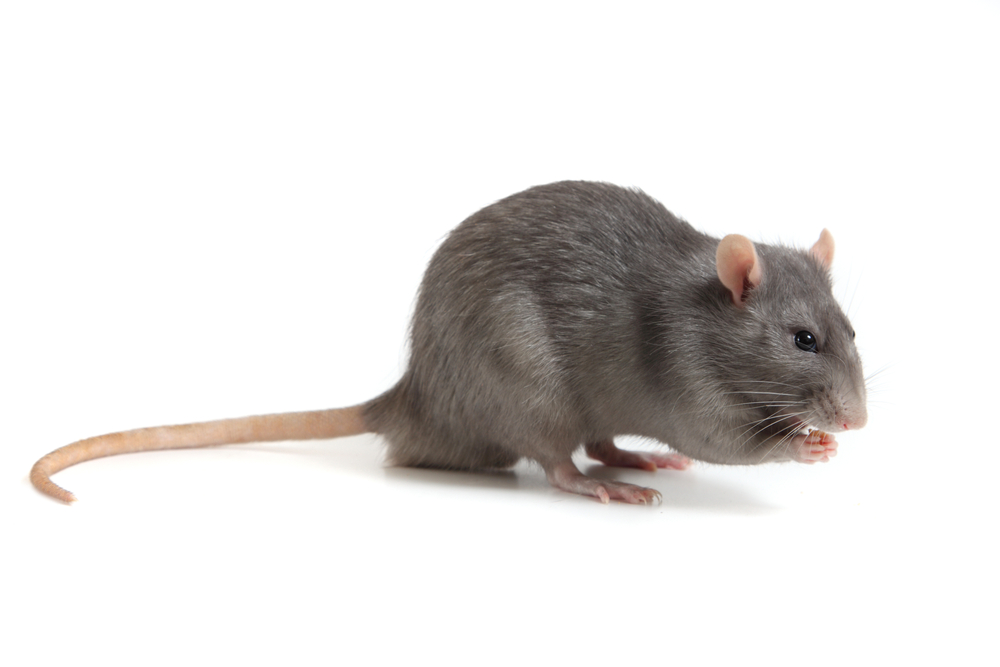
COMMENSAL RATS. Commensal is defined as “sharing one’s table.” Commensal rats live off humans and animals without returning anything of worth. What they do return is the potential for serious problems, Read More
Pill Bugs – Rollie Pollies
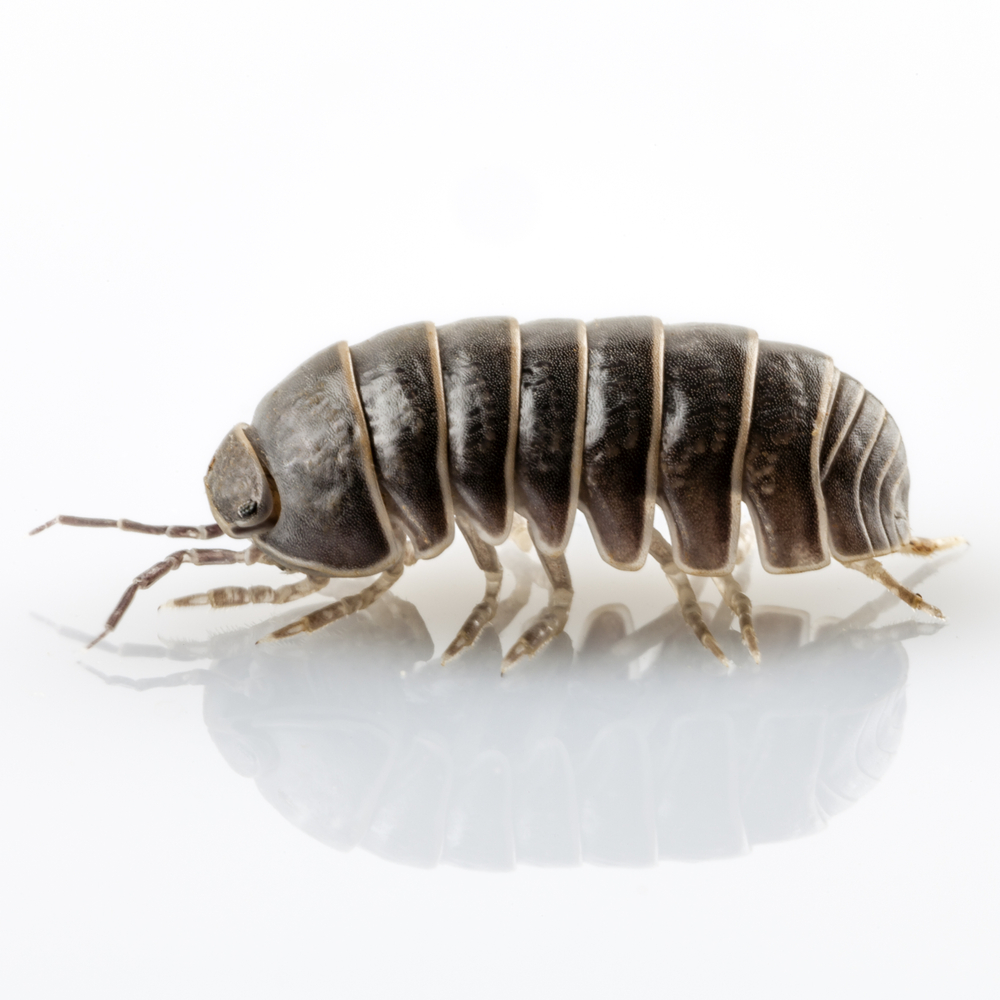
WHAT ARE PILL BUGS? They are the only crustacean that has become completely adapted to spending its life on land. Pill bugs are sometimes referred to as rollie pollies. This name is due to the fact that the pill bug can roll up into a tight ball when disturbed. Rollie pollies live around the world. Armadillidium vulgare is the most common species in the U.S.
Read More
Earwigs – Pest Control
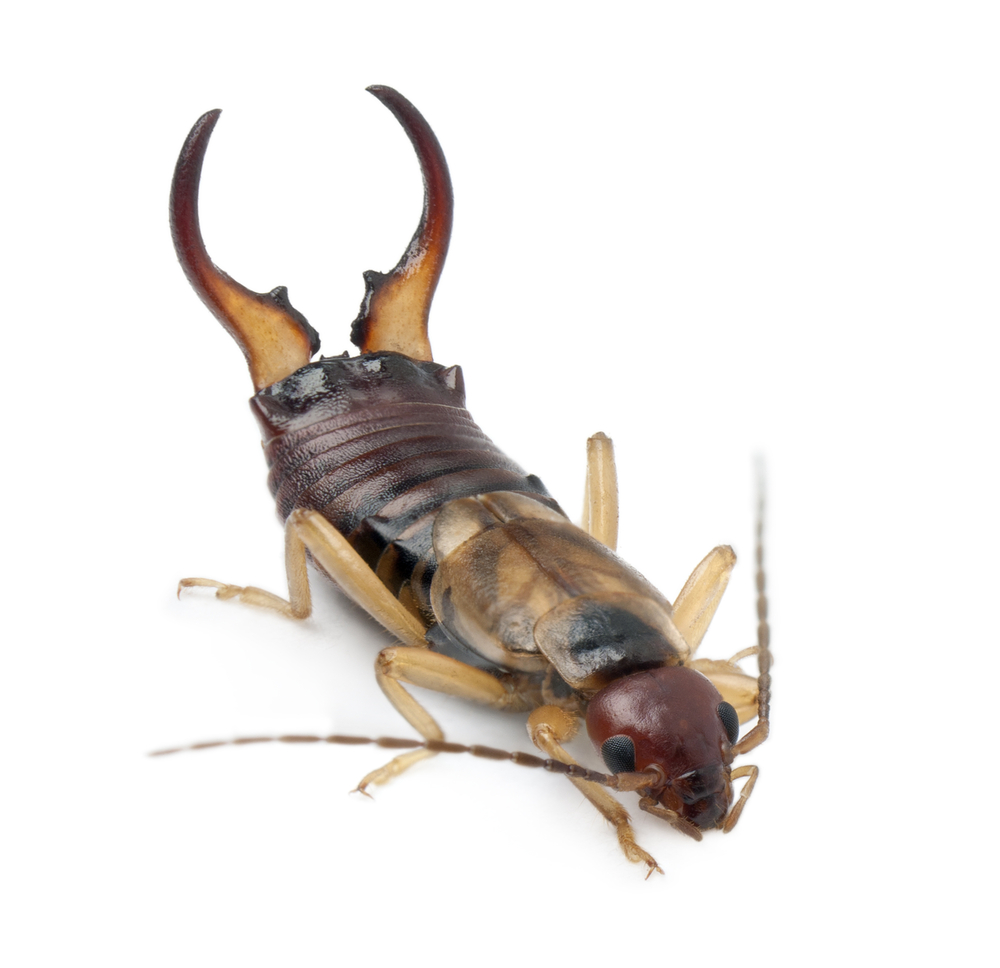
Earwigs are a fairly well-known insect, from folk lore if not from actual experience. The earwig is the insect reputed in superstition to purposefully crawl into the ears of sleeping persons for the purpose of burrowing into the brain to lay eggs. Of course, there is no truth to these tales, though earwigs, like moths, beetles, cockroaches, ants, and flies may wander into our ear canals by accident.
Read More
Crickets – Pest Control
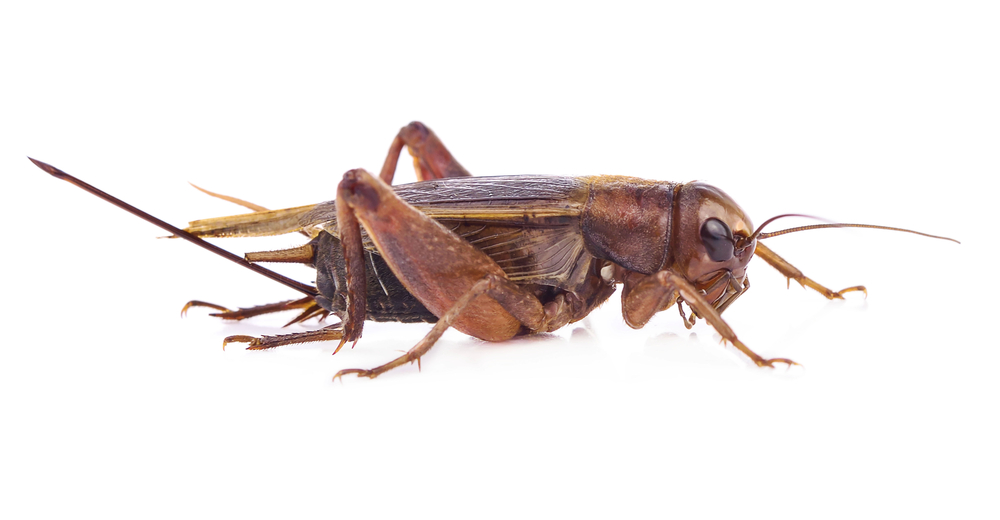
Crickets — How can you get rid of them in and around your home? If you’re seeing crickets inside your home, the serious predators are sure to follow. So get rid of those crickets—fast.
Read More
Centipedes – Pest Control
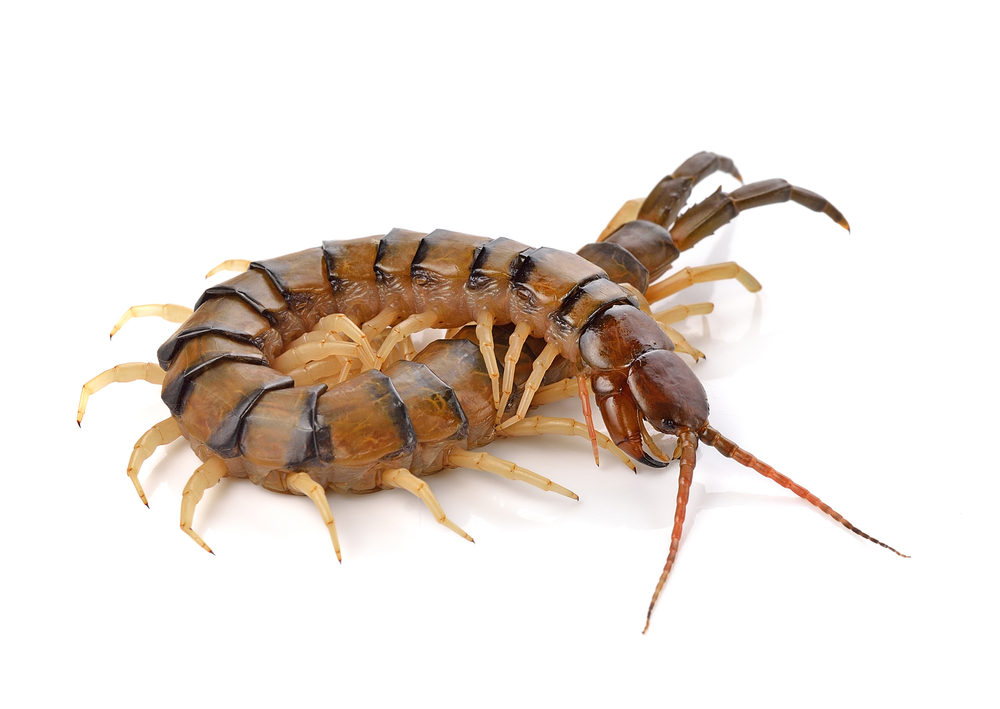
Centipedes are easy to spot by their elongated, worm-like body with their many pairs of legs. They can actually have anywhere from 15-177 pairs of legs with one pair per segment, depending on the species. Interestingly, centipedes always have an odd number of pairs of legs.
Read More
